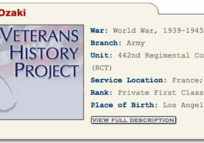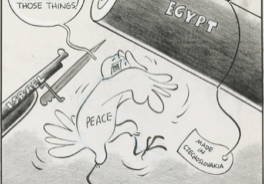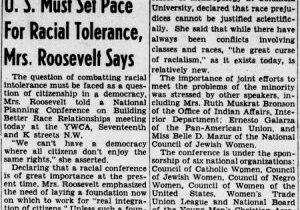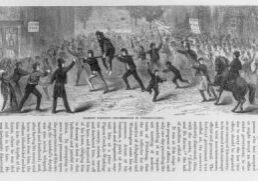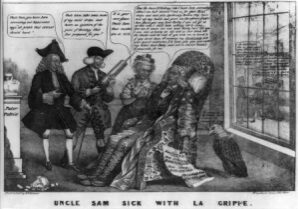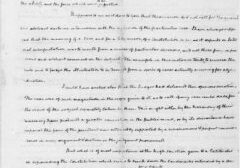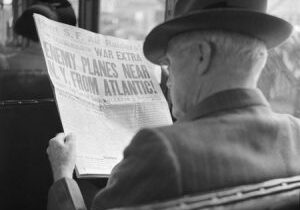Lesson Plans
Digital Stories of Our Heroes
Students learn about U.S. history while adding to the collective American memory as they use interview and digital presentation skills to discover, elicit, and relate the stories of local veterans and others who contributed during times of conflict.
Alice Paul and Strong Women
Students analyze primary sources and the poem "Alice Paul" by Katharine Rolston Fisher to gain a deeper understanding of women suffragists and to make comparisons with a strong woman that they know. After, students might interview the woman or write a poem about her.
One Today
Students analyze historical primary sources to deepen their understanding of presidential inaugurations, then read and listen to the inaugural poem, One Today, that Richard Blanco wrote and delivered at President Barack Obama's second inauguration in 2013. After, students consider their to hopes and dreams for the United States and create a poem to deliver at the next presidential inauguration.
Prospects for Peace in the Middle East
Students analyze a set of political cartoons to deepen understanding of the conflict in the Middle East during the 1950s and 1960s and efforts made towards building peace. After, students conduct research to identify a major issue that is currently affecting efforts at brokering peace in the Middle East and create their own political cartoon illustrating the issue.
Setting the Pace for Racial Tolerance
Students analyze an historical newspaper article to learn about a 1944 conference on building better race relationships and identify the claim that keynote speaker first lady Eleanor Roosevelt made about the need for the U.S. to set the pace for the rest of the world and provide supporting evidence for that claim. After, students consider the relevance the article has today and create a product to demonstrate their understanding.
What Are the Props Behind Propaganda?
Students learn about the "props" or techniques political cartoonists to present a view on an issue ("propaganda"). Next, they analyze a series of Cold War political cartoons to investigate issues and perspectives related to the Cold War. After, students create their own political cartoon on a contemporary issue.
Whiskey Rebels: Champions of the Common Man or Treasonous Traitors?
Students will analyze primary sources to investigate the causes of the Whiskey Rebellion in 1791-1794 and consider if the protest actions of the rebels were protected by the 1st amendment as well as if the federal government treated the rebels justly according to the 6th and 8th amendments. Next, students will rewrite a textbook description of this historical event to more accurately reflect multiple perspectives that they learned about through their analyses of primary sources. Then students will select a person from their neighborhood, city, or state that they think deserves a historic monument and create a persuasive proposal advocating for that.
Economics of Slavery, the Cotton Industry, and the Panic of 1837
Students analyze primary sources to investigate how market forces impacted the supply and demand for cotton in the early 1800s, the relation of the cotton industry to slavery and the economic and political factors that contributed to the Panic of 1837. Next, students summarize the learning in the form of an essay or poster. After, they identify a current issue where a group is exploited for the gain of others and create an action list to increase awareness of this issue.
Did the Founders Want Government to Work?
Students analyze primary source texts, including excerpts from the Federalist papers, to investigate the purposes of the Necessary and Proper Clause, the ways in which the separation of powers limit government, and how factions and personal liberties affect the functioning of government. Next, students will write an essay or produce another type of product to answer the question the lesson title poses. Then students will create and deliver brief persuasive speeches in support of how our current federal government is either functional or dysfunctional.
Did the Attack on Pearl Harbor Unify America?
Students analyze oral history interviews recorded shortly after the attack on Pearl Harbor to investigate the perceptions of different groups of Americans and determine if this was an event that ultimately brought many Americans together. After students will look into a current issue where people may have perspectives that are being overlooked, conducting and sharing oral history interviews.
